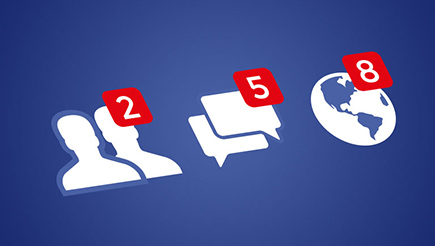Although we might be more used to hearing about 'brand identity' in the context of big corporate organisations, the idea is actually relevant to businesses of all shapes and sizes.
Having a distinctive and recognisable brand can help to make you more memorable – and even give you an edge over the competition. Here's a quick guide to some key things to consider when building your brand.
What is brand identity?
At its most basic, brand identity is how you want your business to be seen by customers, both current and potential. It's reflected in everything from your business name, logo and tagline to the tone of your marketing material and even the way your employees interact with customers.
Your brand identity represents your business vision. On a practical level, a strong brand identity can:
- Make you stand out, by highlighting what makes you different.
- Add value, by conveying status, quality or consistency in what you do.
- Connect with customers by broadcasting an idea, personality or way of doing business that people identify with.
Laying the foundations
Before you can get into the nitty gritty of building your brand, it's helpful to step back and consider the following questions:
- Where do you fit in the market? Complete a full SWOT (Strengths, Weaknesses, Opportunities, Threats) analysis to find your niche.
- Who are your customers? Identify who you're targeting, and what they want.
- What's your personality? Brainstorm how you want people to perceive your brand.
- What's your vision? Visualise what you want your business to achieve.
- What are your values? Plan how you want to conduct your business.
Building brand identity
Next, apply all that research. The exact tools you'll use will depend on your trade, but will usually include:
Design
The colours, typography, audio, video and imagery that will represent your brand.
Voice and tone
The way you address your customers both in writing and in person, which reflects your character.
Customer journey
How your customer finds, engages with and uses your brand, in the physical and digital world. Consider how you engage with consumers, how they can purchase from you, and your customer service afterwards.
Content and sharing
Blogs, social media, social video and events are all ways to engage with your customers and capture their interest.
A branding success story
Figuring out your brand vision is a tricky task, but a useful starting point is to look at companies in your industry (or in other sectors) that you admire for inspiration. One example of a business with an inspiring brand identity is Welsh cleaning company, Mrs Bucket.
Entrepreneur Rachael Flanagan founded Mrs. Bucket after hearing her mother repeatedly complain about their cleaner. She was just 18, and she set out with a simple goal: to do a better job. Since then, Flanagan has honed her company's brand identity as 'the Marks & Spencer of the cleaning market'.
This statement of intent is now matched by a website packed with promises about the quality of the company's work, details of the rigorous checks its cleaners must pass, and information about its tailored service. This is all backed up by an easy-to-use online quote system, sleek web design and a simple, attention-grabbing tagline:'beautifully clean'.
Flanagan uses her entrepreneurial story and enthusiasm for the business as material for PR, and regularly takes to social media to share the team's latest news with customers. Over ten years, the clarity and consistency of the brand vision has helped Mrs. Bucket reach an annual turnover of £2.5m.
The first step towards building a successful business starts with the branding. Whether you're a sole trader or an established business with several employees, creating and maintaining a personal brand that people can trust is vital to your reputation – and your bottom line.
So what's your favourite brand? Big or small, tell us about it in the comments below.






